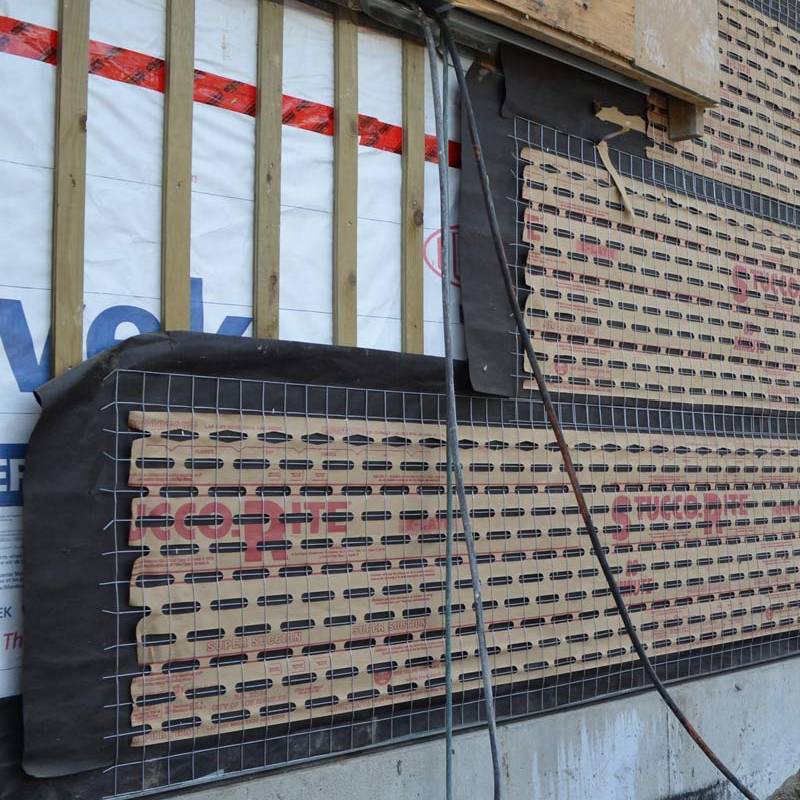
- Mobile Phone
- +8613931874955
- sales@cntcmetal.com
Exploring Various Types of Torsion Springs and Their Applications in Engineering
Different Types of Torsion Springs An Overview
Torsion springs are a crucial component in various mechanical devices, providing the ability to store and release angular energy. Their unique design allows them to work in a variety of applications, from simple toys to complex machinery. Understanding the different types of torsion springs can help engineers and designers choose the right spring for their specific needs.
1. Basic Design and Functionality of Torsion Springs
At its core, a torsion spring operates by twisting the material around its axis. This twist creates a torque that is proportional to the angle of deformation. Torsion springs can be made from various materials, with steel being the most common due to its strength and elasticity. The design of the spring determines its performance, including the amount of torque it can generate and the maximum angle it can be twisted without permanent deformation.
There are several types of torsion springs, each tailored for specific applications and performance requirements
* Single Torsion Springs These are the most basic form of torsion springs, featuring a single coil that twists around a central axis. They are typically used in applications where space is limited and a basic rotational force is required. Common uses include clip-on devices, hinges, and simple latch mechanisms.
different types of torsion springs

* Double Torsion Springs Designed with two coils that twist in opposite directions, double torsion springs provide more torque while occupying a similar space. They are often used in applications where higher force levels are needed, such as in automotive components, where they are employed for mechanisms like seat recliners and hood latches. The design allows for better balance and performance under varying loads.
* Variable Pitch Torsion Springs These springs feature coils that are spaced at varying distances, allowing for a unique torque profile as they are twisted. This design is beneficial in applications that require gradual loading and unloading over a range of motion, such as in door closers and adjustable levers.
* Constant Torque Springs These springs are engineered to provide a consistent torque output throughout their range of motion. They are commonly used in applications like retractable cords, where a constant force is needed to maintain tension. Constant torque springs ensure that devices operate smoothly, regardless of the remaining length of the cord.
3. Material Considerations for Torsion Springs
The choice of material for torsion springs is vital for ensuring performance and longevity. While steel is the most prevalent material, other alloys and composites may be used depending on the application. For instance, stainless steel offers corrosion resistance, making it ideal for outdoor applications, while high-strength alloys can be used in aerospace applications where weight and strength are critical factors.
4. Conclusion
In conclusion, torsion springs play a vital role in countless mechanical systems. Understanding the different types of torsion springs and their applications helps designers make informed decisions that enhance the effectiveness and efficiency of their products. Whether using single or double torsion springs, or opting for variable pitch or constant torque designs, selecting the appropriate spring ensures optimal performance and durability. As technology continues to evolve, the use of torsion springs will undoubtedly expand, leading to even more innovative applications in the future.
share:
-
Why Sacrificial Formwork Is Redefining Underground ConstructionNewsJun.06,2025
-
The Structural Dynamics of Modern Concrete: How Snake Spacers Revolutionize Flexible ReinforcementNewsJun.06,2025
-
Snake Spacers Smart-Lock Concrete Reinforcement with Surgical PrecisionNewsJun.06,2025
-
Snake Spacers: Reinforcement Precision for Modern Concrete ProjectsNewsJun.06,2025
-
Snake Spacers Powering Concrete's Structural DNANewsJun.06,2025
-
Slither into Success: Snake Spacers' Precision Bite for Unbreakable ReinforcementNewsJun.06,2025
-
Sacrificial Formwork: Building Stronger, Faster, and Safer StructuresNewsJun.06,2025



















